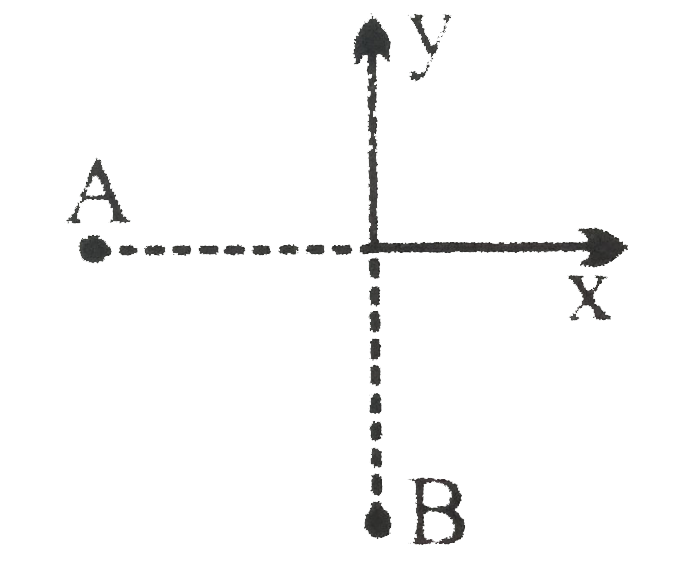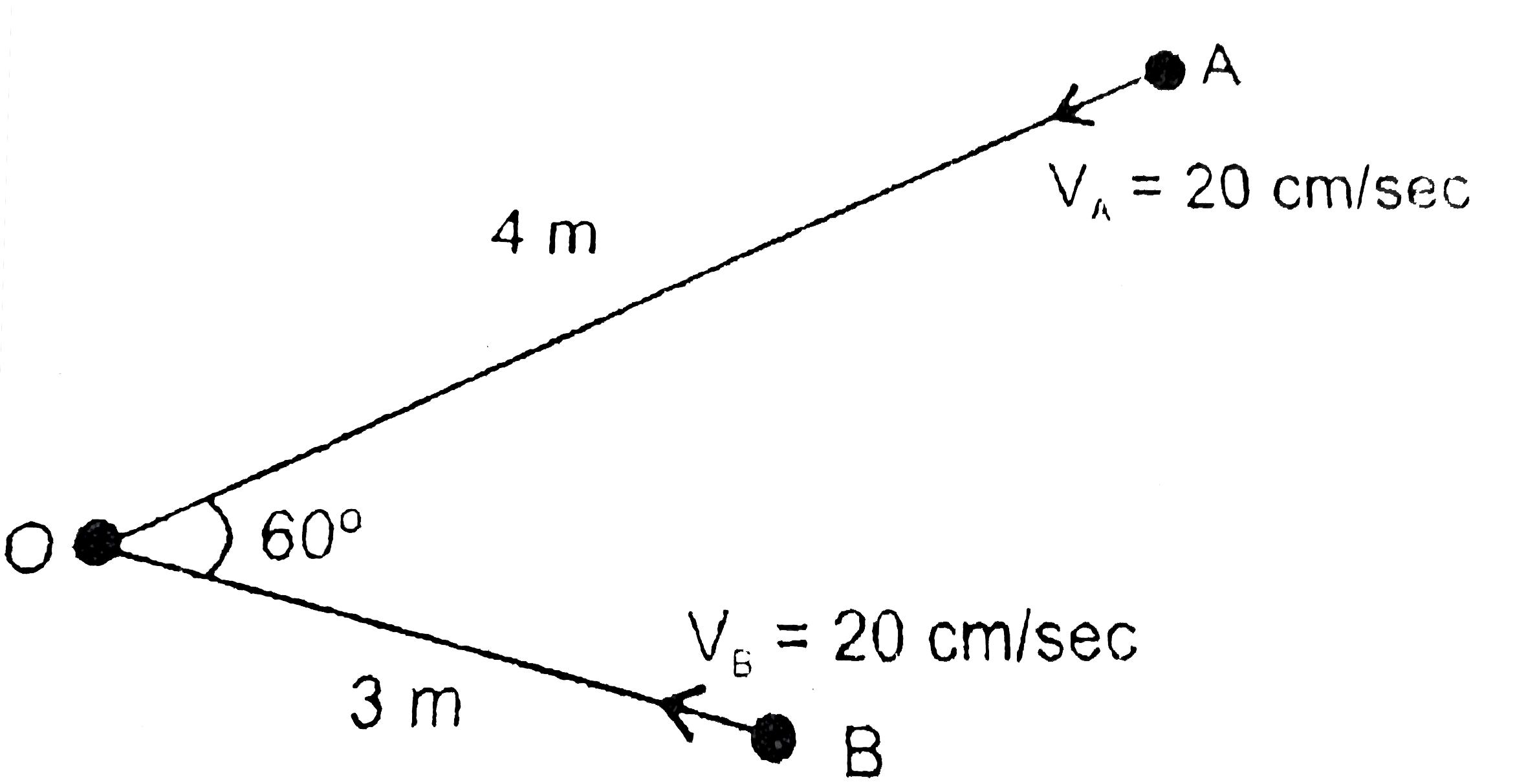Assertion : Distance between two particles moving with consant velocities always remains constant.
Reason : In the above case, relative motion between them is uniform.
If both Assertion and Reason are correct and Reason is the correct explanation of assertion.
If both Assertion and Reason are correct but Reason in not the correct explanation of Assertion.
If Assertion is true but Reason is false.
If Assertion is false but Reason is true.
The correct Answer is:D
To solve the question, we need to analyze both the assertion and the reason provided.
Step 1: Understand the Assertion
The assertion states that "the distance between two particles moving with constant velocities always remains constant."
- Analysis: This statement is not necessarily true. If two particles are moving in the same direction with the same velocity, the distance between them will remain constant. However, if they are moving in different directions or at different speeds, the distance between them will change over time. Therefore, the assertion is false.
Step 2: Understand the Reason
The reason states that "in the above case, relative motion between them is uniform."
- Analysis: Relative motion refers to the motion of one object as observed from another object. If both particles are moving with constant velocities, the relative velocity (the difference in their velocities) is also constant. This means that their relative motion is uniform. Therefore, the reason is true.
Step 3: Conclusion
Now we can conclude the relationship between the assertion and the reason:
- The assertion is false because the distance between two particles moving with constant velocities does not always remain constant.
- The reason is true because if both particles are moving with constant velocities, their relative motion is uniform.
Final Answer
Thus, the correct option is that the assertion is false, but the reason is true.
The assertion states that "the distance between two particles moving with constant velocities always remains constant."
The reason states that "in the above case, relative motion between them is uniform."
Now we can conclude the relationship between the assertion and the reason:
- The reason is true because if both particles are moving with constant velocities, their relative motion is uniform.
Thus, the correct option is that the assertion is false, but the reason is true.
Topper's Solved these Questions
- BOOK - DC PANDEY ENGLISHCHAPTER - MOTION IN A PLANEEXERCISE - (B) Meical entrance special format questions (Mathch the columns)6videos
MOTION IN A PLANE
- BOOK - DC PANDEY ENGLISHCHAPTER - MOTION IN A PLANEEXERCISE - (C )Medical entrances gallery32videos
MOTION IN A PLANE
- BOOK - DC PANDEY ENGLISHCHAPTER - MOTION IN A PLANEEXERCISE - (A) Taking it together75videos
MOTION IN A PLANE
- BOOK - DC PANDEY ENGLISHCHAPTER - MOTIONEXERCISE - Medical entrances gallery19videos
MOTION
- BOOK - DC PANDEY ENGLISHCHAPTER - PROJECTILE MOTIONEXERCISE - Level - 2 Subjective10videos
PROJECTILE MOTION
Similar Questions
Particles A and B are moving with constant velocities along x and y axis respectively, the graph of separation between them with time is
 View Solution
View SolutionShow that the angular momentum about any point of a single particle moving with constant velocity remains constant throughout the motion.
View SolutionA particle moves with constant angular velocity in a circle. During the motion its
View SolutionTwo particles move with constant velocities towards point O along straight lines in a plane as shown. The shortest distance A and B is
 View Solution
View SolutionAssertion : If a particle moves with a constant velocity, then angular momentum of this particle about any point remains constant.
Reason : Angular momentum has the units of Plank's constant.View SolutionAssertion : Displacement-time equation of two particles moving in a straight line are, s1=2t−4t2 and s2=−2t+4t2. Relative velocity between the two will go on increasing.
Reason : If velocity and acceleration are of same sign then speed will increase.View SolutionAssertion : In projectile motion at any two positions v2−v1t2−t1 always remains constant.
Reason : The given quantity is average acceleration, which should remain constant as acceleration is constant.View SolutionAssertion: Separation between two bodies moving in the same direction on the ground with same acceleration, will not increase.
Reason: In this case river flow helps to cross the river.View SolutionAssertion: Distance between posittion of bright and dark fringe remain same in YDSE.
Reason: Fringe width β=λDd.View SolutionAssertion:− A clothline hangs between two poles. No matter how tightly the line is stretched, it always sags a little at the centre.
Reason :− In above case, horizontal stiring cannot balance vertical weight.View Solution
